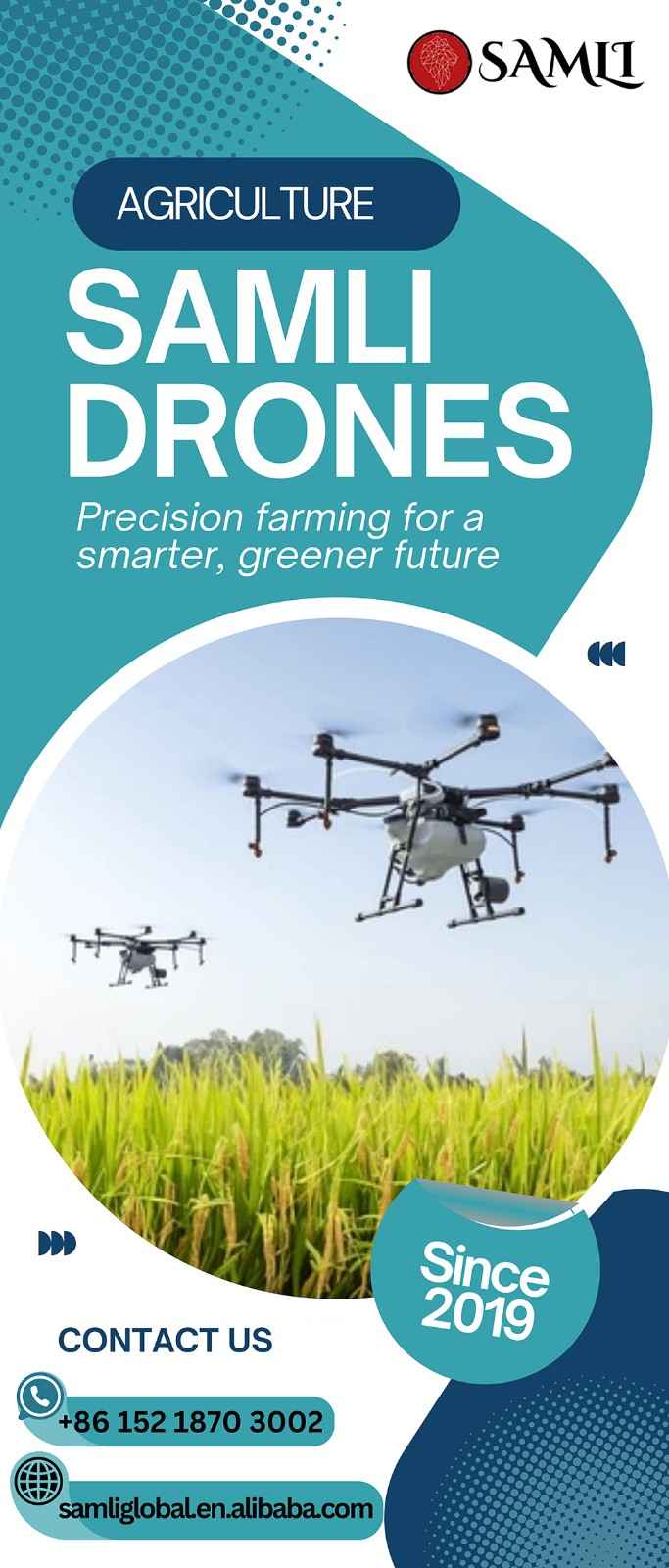Ports have always served as the critical gatekeepers of global trade. However, their operations remained largely static for decades. Now, a new wave of technology is transforming these hubs from simple entry and exit points into intelligent, interconnected ecosystems. This dramatic shift is giving rise to the smart ports, a key development in the global shipping programme to modernize logistics and infrastructure.
A smart port is a technologically advanced seaport that leverages digitalization, automation, and data to operate more efficiently and sustainably. Beyond just moving cargo, a smart port also focuses on enhancing security and reducing its environmental footprint. It opens the gates to improved efficiency, increased capacity, and central, data-driven hubs of the modern digital supply chain.
Core Technologies Driving Smart Ports
The rise of smart ports is driven by the integration of several cutting-edge technologies that work together to create a more efficient and intelligent operation.
Automation and Robotics
One of the most visible changes in smart ports is the widespread use of automation and robotics. Automated cranes and autonomous guided vehicles (AGVs) have taken over the laborious tasks of loading, unloading, and moving containers.
These robotic systems can operate 24/7 with a level of precision that reduces human error and significantly improves safety on the docks. They move containers along predefined, optimized paths, ensuring that every movement contributes to the port’s overall efficiency.
Internet of Things (IoT) and Real-Time Data
At the heart of a smart port is a vast network of IoT sensors and devices. These sensors are everywhere: on cranes, on AGVs, on containers themselves, and along the port’s infrastructure.
They collect an enormous amount of real-time data on everything imaginable, from a container’s location and temperature to the performance of machinery and the flow of traffic within the port. This constant stream of data is the lifeblood of the smart port, providing the information needed to make informed decisions in a split second.
AI and Predictive Analytics
The real magic happens when all this data is fed into Artificial Intelligence (AI) systems. AI algorithms analyze the data collected by IoT sensors to create predictive analytics. For example, AI can predict when a vessel will arrive, allowing the port to optimize the assignment of a berth and the positioning of cranes well in advance.
AI also helps manage traffic congestion, both on land and at sea, ensuring smoother operations and faster turnaround times. By anticipating future needs and challenges, AI turns a reactive port into a proactive one.
Benefits of Becoming a High-Tech Hub
The transition to a high-tech port brings with it a host of benefits that not only optimize operations but also create a safer and more sustainable environment.
Efficiency and Throughput
By embracing automation and data-driven decisions, smart ports can handle a much greater volume of cargo with the same or even fewer resources. Automated systems can operate around the clock, and AI-powered management ensures that every movement is optimized to prevent bottlenecks.
This leads to a significant increase in operational efficiency and throughput, allowing ports to process more containers in less time. For a world with growing global trade, this increased capacity is essential for keeping supply chains moving smoothly.
Security and Safety
Smart ports are inherently safer and more secure. Advanced technologies like automated perimeter monitoring, drones for surveillance, and even facial recognition for personnel access make it easier to detect and respond to security threats.
On the operational side, the use of automated cranes and autonomous vehicles moves workers away from the dangerous, heavy machinery on the dock, which significantly reduces the risk of human accidents and injuries. This makes the port a much safer workplace for everyone.
Environmental and Economic Sustainability
Smart ports are also leaders in environmental responsibility. By using AI to optimize vessel movements, ports can reduce the time ships spend idling, which cuts down on fuel consumption and harmful emissions.
Automated equipment, which is often electric, is more energy-efficient than traditional diesel-powered machinery. These environmentally friendly practices not only help the planet but also lead to significant economic savings for the port. Smart ports reduce fuel and energy costs, which improves profitability while contributing to a greener future.
Challenges on the Road to Digitalization
One of the most significant barriers is the high initial investment required. Acquiring and implementing advanced technologies demands a massive amount of capital. For smaller ports, or those in developing nations, this financial hurdle can be nearly impossible to overcome without government support or private investment.
As ports become more interconnected and reliant on digital systems, they also face a growing threat from cyberattacks. A successful hack could cripple a port’s operations, causing massive disruptions to global trade, financial losses, and even national security risks.
Finally, the transition to smart ports involves major labor and policy hurdles. The shift to automation can lead to job displacement, creating a need for new training programs to reskill workers for high-tech roles in maintenance and data analysis.
Furthermore, there’s a need for governments and international bodies to collaborate on new standards and regulations. Without global cooperation, a “smart” port in one country might not be able to communicate effectively with a port in another, undermining the very purpose of an interconnected system.
Conclusion
The transformation of ports into high-tech hubs is redefining the logistics landscape. Smart ports are creating more efficient, secure, and sustainable gateways for global trade. They represent the next logical step in the evolution of our interconnected world, moving beyond physical infrastructure to intelligent, data-driven systems.
Ultimately, the development of these hubs is not just about technology; it’s about building a more resilient and interconnected global economy, capable of meeting the demands of an ever-growing world.




